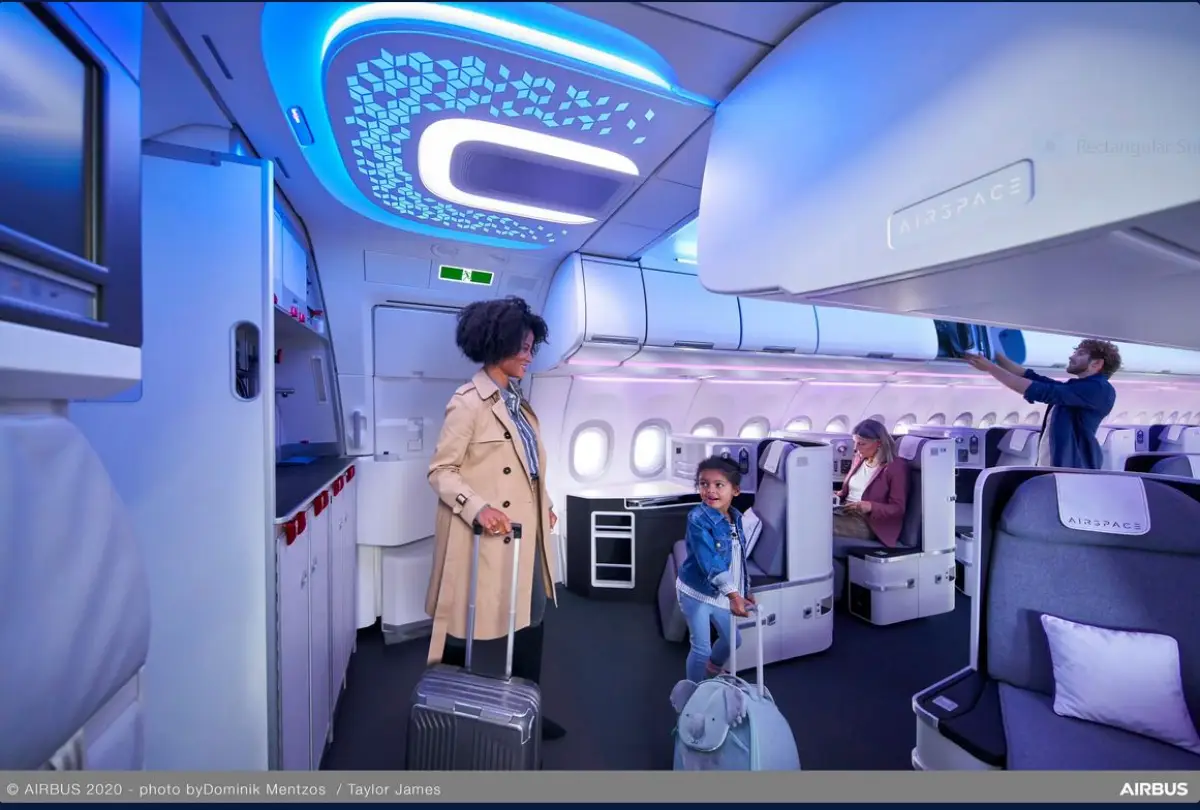Global airfare price increases for most regions except Australia should continue to stabilise in 2025, furthering a trend that began in 2024, according to travel management company American Express Global Business Travel’s (Amex GBT) Air Monitor 2025 report.
Airlines are shifting to narrower aircraft that can accommodate more travelers and maintain frequent departure times. Despite more frequent flights, some popular routes may be unavailable.
The factors influencing ticket prices
The travel management company cited continuing trends that could affect 2025 pricing, including the softening of leisure demand; capacity growth; geopolitical tensions that could affect fuel costs; increased charges like environmental surcharges and new global distribution system fees; increased labour costs because of new contracts; and airlines’ continued adoption of New Distribution Capability (NDC).
As more airlines offer NDC content – pricing strategies that allow airlines to offer more price points and adjust airfares based on factors like supply and demand, competitor airfares, and willingness to pay – can be expected.
Where are the price hikes taking place?
Amex GBT projects that 2025 business-class fares within North America to increase 2.7 percent year over year and within Europe to rise 1.2 percent. Economy-class fares for each region are projected to increase 2.8 percent.
Asia is the only region where business-class fares are projected to decrease, by 1.5 percent, though economy fares are forecast to rise 2.3 percent.
Australia is projected to see the highest fare increases for intra-regional travel, with business-class fares up 7.8 percent and economy-class fares up 13.7 percent year over year.
South American business-class fares within the region are projected to increase a slight 0.3 percent year over year, while economy-class fares are forecast to rise 3.6 percent.
Inter-regional fare projections are more mixed. Business-class fares between North and South America are projected to decrease 1 percent compared with 2024, with economy-class fares down 8 percent.
Fare increases between North America and Europe are projected to be modest, with business-class fares up 1.5 percent and economy fares up 0.8 percent. Fares between Europe and the Middle East are projected to increase 6.8 percent for business class and 6.7 percent for economy.
Use of AI
The report also cited the use of AI by airlines and technology providers to “sharpen revenue management and retailing capabilities.” Examples included British Airways partnering with Amadeus to design its offer-and-order capabilities using AI, and Delta Air Lines exploring how AI could be used in pricing “to help determine what consumers are willing to pay for the airline’s premium products, relative to its base fares.”














